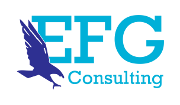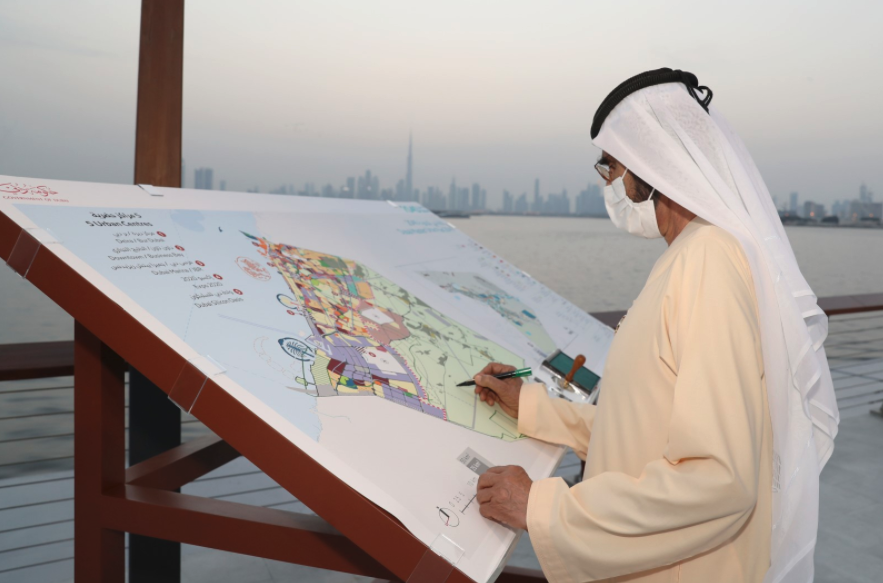As industries around the world increasingly turn towards environmental, social and governance (ESG) strategies to support their recovery from the Covid-19 pandemic, focus is sharpening on sustainable construction in the Middle East.
Perhaps more so than most sectors, construction could significantly benefit from a shift towards more sustainable practices. A UN report released in December estimated that, including operational emissions, the construction industry accounted for 38% of the world’s energy-related carbon emissions.
The issue is particularly pertinent for the Middle East, a region home to the world’s four highest per capita carbon emitters.
While definitions of sustainable construction vary and are continuously evolving, the term encompasses far more than just environmentally sustainable building materials. It is increasingly used to refer to ESG factors along the entire planning and construction process, incorporating aspects like design, energy generation and even social outcomes.
“While much of the focus in public discussions across various industries is on environmental aspects, it is important to stress that sustainability requires a holistic approach that accounts for both social and governance factors,” Talal Al Dhiyebi, CEO of Abu Dhabi-based real estate development company Aldar Properties, told OBG.
“Sustainability is as much about the environment as it is about social inclusion in the workforce, career development, good governance and risk management.”
Another key element of sustainable construction relates to the efficient use of resources – a factor that will be of increasing importance for the Gulf construction sector as it recovers from the economic fallout of the pandemic.
“Sustainability in the construction sector can be achieved not only through the use of sustainable materials and the integration of energy efficiency frameworks, but also by applying a culture of lean construction from the bottom up,” Monjid Othman Abdulmajeed, CEO of Qatari construction company RC Al Mana, told OBG.
“This ensures that projects are implemented efficiently, maximising the value and output of construction services while minimising waste.”
Adopting the green agenda
In recent years the region has made significant progress on the sustainable construction front.
A prime example of a project that goes beyond purely environmental factors is the Dubai 2040 Urban Master Plan.
Launched in March, the plan is a comprehensive blueprint for future sustainable urban development in the emirate. It aims to design Dubai in a way that will allow it to effectively house its growing population, which is expected to increase from 3.3m to 5.8m over the next two decades.
Dubai is placing a high value on leisure and recreation, with green and recreation areas to double in size by 2040, and nature reserves and rural natural areas to make up 60% of the emirate’s total area.
Key to the “people-led” plan is the development of five main urban areas, to be linked by several green corridors. This is designed to encourage sustainable mobility across the city, such as cycling and walking, thereby reducing car traffic and promoting healthier lifestyles.
This emphasis on connectivity is expected to result in 55% of the population living within 800 metres of a main public transport station.
Mobility is central to sustainable living initiatives in the Gulf, given the cultural preference for automotive transport over other means.
“Our task is to maximise the convenience of alternative means of transport – or simply walking – to discourage the use of private vehicles,” Yousef Al Mutawa, CEO of Sharjah Sustainable City, told OBG.
“To this end, sustainable mobility has to be considered from the inception phase of any large-scale project and be reflected in the master plan as a primary component of quality of life.”
Another major sustainable project under way is the Masdar City development in Abu Dhabi, which aims to become one of the most sustainable urban developments in the world.
In addition to offering low-emission transit options and its own renewable energy supply, developers say all buildings in the city – which will house 50,000 people and 40,000 jobs and student placements – will be constructed using low-carbon cement, 90%-recycled aluminium and other sustainable materials. These new buildings will use 40% less water compared to standards set by the American Society of Heating, Refrigerating and Air-Conditioning Engineers.
Elsewhere in the region, in mid-June the King Salman Energy Park in Saudi Arabia, a mega-project spanning industrial areas, logistics zones, commercial areas and residential housing, was given the 2021 US Green Building Council’s Leadership Award for the Middle East.
The park is the first industrial city in the world to achieve the organisation’s LEED silver certification, which provides a framework for reducing the environmental impact, limiting resource use, lowering carbon emissions and addressing climate change during the construction process.
Overcoming barriers
While there has been significant progress in the region, Gulf countries still have some way to go to meet their sustainable goals.
A survey released in January by the Boston Consulting Group covering Bahrain, Kuwait, Oman, Qatar, Saudi Arabia and the UAE identified the lack of key infrastructure as a barrier to achieving certain urban sustainable targets.
For example, 10% of all metal and plastic waste in the GCC is recycled, reused or recovered, well below the global average of 32%. Some 43% of respondents attributed this to a lack of recycling bins or collection sites, while 35% cited a lack of recycling companies.
Infrastructure was also highlighted as a major factor behind the low rate of public transport and electric vehicle adoption in the region.
Another aspect is the time, attention and investment required by companies to transition to more sustainable construction practices.
“Effective sustainability policy requires the establishment of an accurate baseline based on properly captured, curated and analysed data,” Greg Fewer, chief financial and sustainability officer of Aldar Properties, told OBG.
“Although this is a demanding process that requires significant investment and time, it is crucially important when setting goals and measurable key performance indictors designed to lead to tangible results. Without this, talk of sustainability falls into greenwashing.”
– Building and construction industry accounts for 38% of energy-related carbon emissions
– Gulf countries are among those with the highest ecological footprint
– Major projects such as the Dubai Urban Master Plan and Masdar City highlight the region’s progress
– Continued investment needed to meet future sustainable construction goals
SOURCE: oxfordbusinessgroup.com

